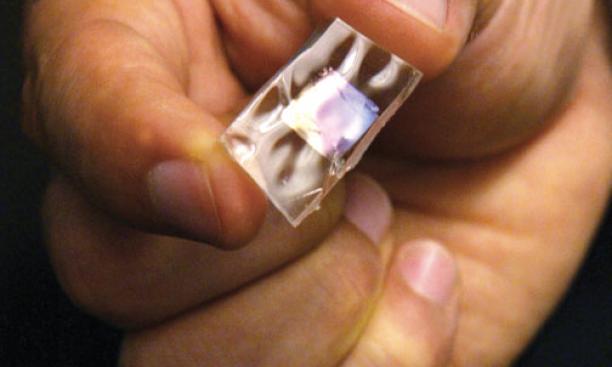

Several years ago, a team led by Professor Peter Jaffe made a discovery in the wetlands of New Jersey: An unidentified organism was churning out nitrites, oxidizing ammonium with iron instead of oxygen.
Jaffe, a professor of civil and environmental engineering, thought that harnessing the organism might lead to a revolution in wastewater treatment, but the idea was shelved, considered too preliminary to receive funding.
Today, however, it’s the focus of Jaffe’s research, thanks to Project X — a $10 million fund established by businesswoman Lynn Shostack w’69. The fund allows Princeton’s engineering faculty members to pursue their passions, by providing small grants for risky projects.
“They don’t have to write reports. They don’t have to publish. They don’t have to even succeed,” said Shostack. “That kind of freedom is really necessary to great minds.”
Princeton’s Schmidt Fund, created in 2009, also encourages high-risk research ventures. But Project X focuses exclusively on the engineering school, providing smaller grants to jump-start projects about which faculty feel strongly but which may be outside their areas of expertise.
Project X is Shostack’s second gift to Princeton in memory of her late husband, David Gardner ’69, who died in 2001. The David A. Gardner ’69 Magic Project funds unconventional humanities projects, including an array of academic courses and seminars.
Project X also supports innovation, encouraging those Shostack calls “tinkerers” to pursue hunches. Traditional funding sources require researchers to proceed more cautiously, H. Vincent Poor *77, dean of the engineering school, said in an email.
Jaffe’s project is one of seven to receive Project X funding so far. He said that his idea, if successful, could slash energy consumption in wastewater-treatment plants and transform landscape planning and wetlands management.
Michael McAlpine, assistant professor of mechanical and aerospace engineering, said that Project X has allowed him to explore the medical applications of his work with piezoelectric crystals. McAlpine’s team is working to make these crystals conform to the human body, using movement such as breathing or walking to power a device such as an implanted pacemaker.
